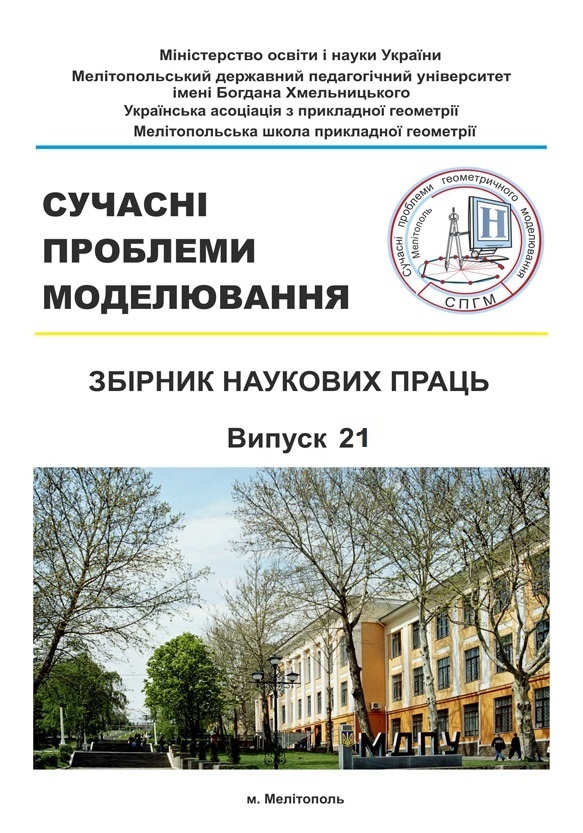SIMULATION OF FLOW AND HEAT EXCHANGE OF A RADIATOR WITH PLATE-SPLIT FINNING IN THE CONDITIONS OF FREE CONVECTION
Abstract
The authors analyzed the possibility of using a radiator with plate-split fins in free convection. The use of natural convection does not require the installation of superchargers to organize the forced movement of the flow, which provides high reliability, efficiency and ease of operation of cooled systems of electronic devices. This is especially important to ensure the reliable operation of electronic equipment of mobile devices. The article presents the results of CFD–modeling of heat transfer and aerodynamic resistance of radiators with plate-split fins. A comparative analysis of heat transfer and aerodynamics for four variants of radiators with lamellar smooth and split fins and fins with rotated split parts at angles of 30 and 45 ° along the edge of the radiator. The calculations were performed using the academic license of the ANSYS Student software package. This license is absolutely free (since 2015) and is designed to solve educational and educational problems in the academic environment. Verification of the obtained data and known experimental data, its discrepancy does not exceed 7%. It is shown that cutting the ribs and rotating their parts leads to an increase in heat exchange intensification by 30% and an increase in aerodynamic drag by 40%. The obtained results can be useful in the design of cooling systems for personal computer processors, power amplifiers of transmission modules, promising energy-saving solid light sources, in the equipment of rocket and space technology and others.
Numerous methods are proposed to improve air cooling systems in thermophysical design of electronic devices using highly efficient ribbed surfaces.
Keywords: electronic element, cooling system, numerical simulation, radiator, plate-split fins, heat transfer, free convection.




